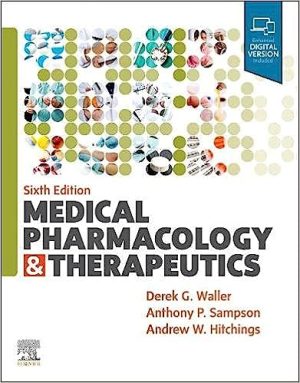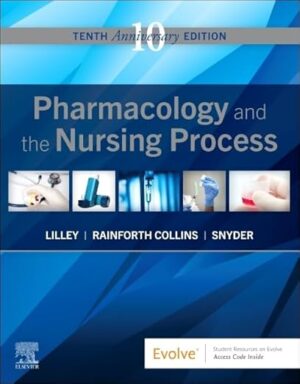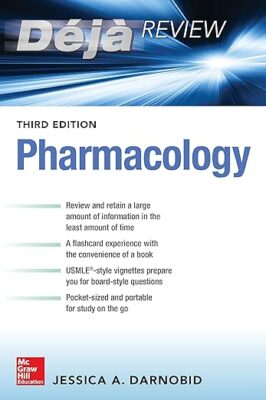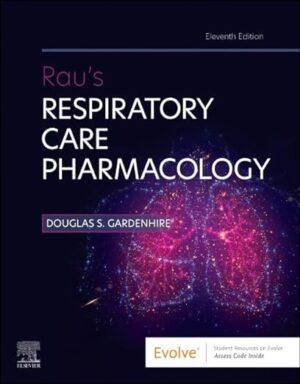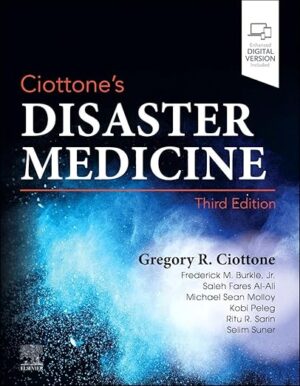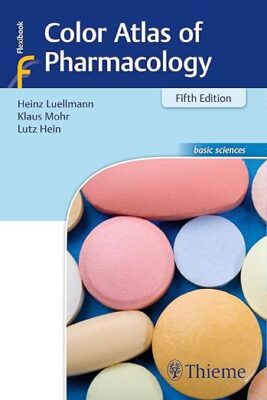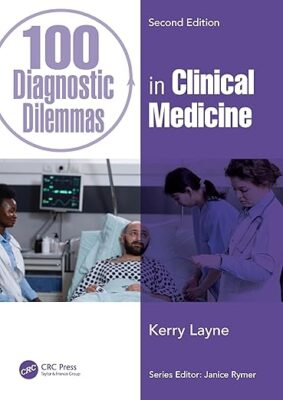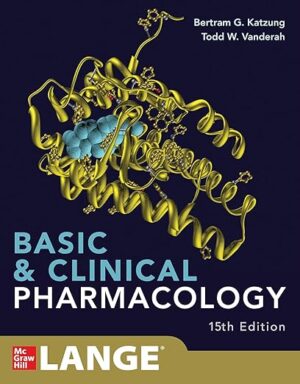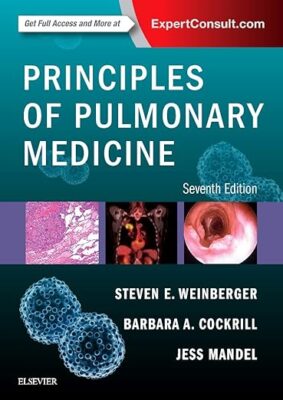Principles of Pharmacology for Respiratory Care 3rd Edition
An invaluable role of the Respiratory Therapist is to administer and educate patients on aerosolized and systemic medications used in the treatment of respiratory diseases and other therapies affecting the cardiopulmonary system. Principles of Pharmacology for Respiratory Care, Third Edition is an ideal resource for Respiratory Therapists to understand the role of cardiopulmonary-targeted medication therapies and the mechanism of action drugs used in the treatment of the conditions they are treating. Mode of action, clinical indications, dosages, hazards, and side effects of multiple classifications of drugs are extensively addressed. As such, this text also serves a comprehensive reference on drug therapies used in the treatment of respiratory diseases as well as other medical conditions. The layout of this text in organized into three distinct sections to facilitate the understanding of the material. The first section includes general pharmacologic principles required to understand the medication therapies, terminology and drug mechanisms that are discussed in later chapters. The second section concentrates on drug therapies specific in respiratory care, while also reviewing other agents of pulmonary importance that are either administered or recommended by Respiratory Therapists, including inhaled pulmonary vasodilators and medications used in smoking cessation therapy. The final section concludes with review of the general pharmacology of common drug classes and therapies used in common medical conditions, emphasizing any effects these drug classes may have on the pulmonary system.


